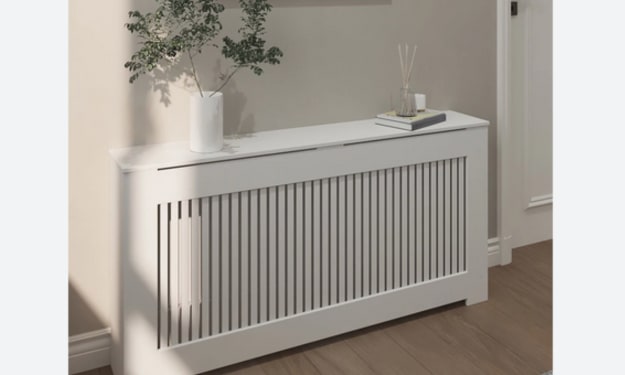
Things you don't see can hurt you. There are dangers in many people's homes that they are not aware of. And your home can present such risks! And your health and that of your family are too important to neglect. It's time to dump her and move on. And mold is the first suspect.
Even without mold, there would be no delicious dairy products or medications such as penicillin, and you can't ignore the problems it can cause to objects in a home, such as damage to things. However, experts say that if you notice it in time, you can easily get rid of it.
Mold - a global problem
There are over 100,000 species of mold all over the earth. Don't be surprised if mold can be found in the most unexpected places. Of animal or plant origin, molds are microscopic organisms that produce enzymes that destroy organic matter and reproduce through spores.
These microorganisms are part of the fungal kingdom, related to fungi, brewer's yeast, and rust. Mold plays an extremely important role in nature, especially in the decomposition of leaves, wood, or other plant debris.
Where does the mold appear?
Mold grows in humid and hot conditions, but you can find it at any time of the year in various environments, both indoor and outdoor. If you like walking in nature, you run the risk of meeting it, especially in shady and humid places.
You can find mold even at home: in the basement, in the bathroom, in the kitchen, or on other surfaces with a high level of humidity. Fat or mold, whatever you call it, we are talking about the same thing: major problems that require immediate solutions.
Types of mold:
- White mold - is the most common and is formed as a dense white felt that covers the surface. It is easily recognizable precisely because of its white color and white-gray cotton wool appearance.
- Aspergillus - is a green mold and is very common in nature - on corn, nuts, or straw - but also the surface of foods such as bread or potatoes
- Cladosporium - has a dark green color and appears on textiles or wooden surfaces.
- Penicillium - can be green as well as alabaster or blue-green and usually appears either on fruits and vegetables or on surfaces in the house - walls, wallpaper, carpets, corners of basements.
- Alternaria - is the one that causes brown spots on the leaves and fruits
- Stachybotrys - black-green in color, this type appears more often on wood or plasterboard.
Spore invasion: take action!
Once mold spores have settled in your home, any traces of moisture will help them grow. You need to pay close attention to the wood, ceiling, wallpaper, carpets, and floors and make sure they are moldy.
It is essential not to forget the more secluded corners of your home. You certainly don't want to have an unwanted tenant in the house. If the moisture persists, then mold will appear. But if you want to take action, you have to control the humidity first.
Is mold dangerous to health? Depends. Do not try to remove it by scraping, the spores will fly free through the air you breathe. You may also be exposed to respiratory diseases if you come in direct contact with contaminated surfaces. People who are sick or have low immunity are the most affected.
Identify contaminated spaces
You may have seen whitish particles or black spots of moisture in the bathroom from time to time. Or maybe you smelled mold. These signs indicate that you have problems with dampness.
Pay attention to areas where there are water leaks due to flooding or damaged facilities. Mold can also be found in spaces without moisture. Take care of your clothes!
How to act
There is no need to be scared, you can control the development of mold in the house. First of all, stop the water leaks, then ventilate your house and clean the textile objects.
Replace the irrecoverable ones with new ones. If it is a small area and you are not allergic to mold, then you can start cleaning yourself. For larger areas, turn to a specialized company. Wear a mask or goggles and gloves!
You will need to maintain a proper humidity level and ventilate your home well. The risk of mold contamination can be reduced by following these recommendations. It's hard, but it's worth it!
About the Creator
Enjoyed the story? Support the Creator.
Subscribe for free to receive all their stories in your feed. You could also pledge your support or give them a one-off tip, letting them know you appreciate their work.





Comments
There are no comments for this story
Be the first to respond and start the conversation.